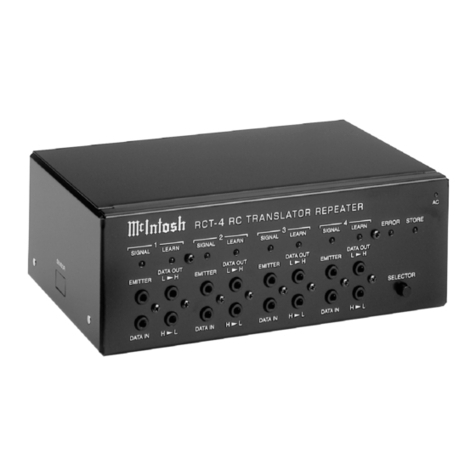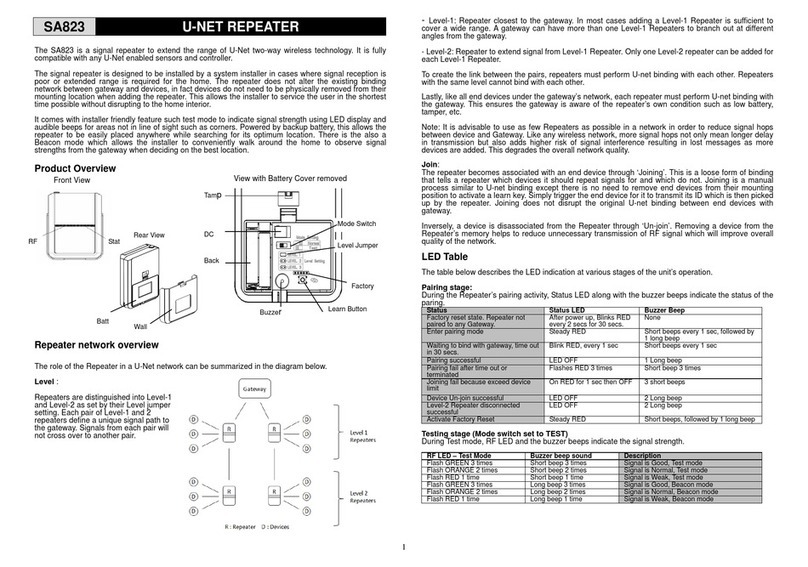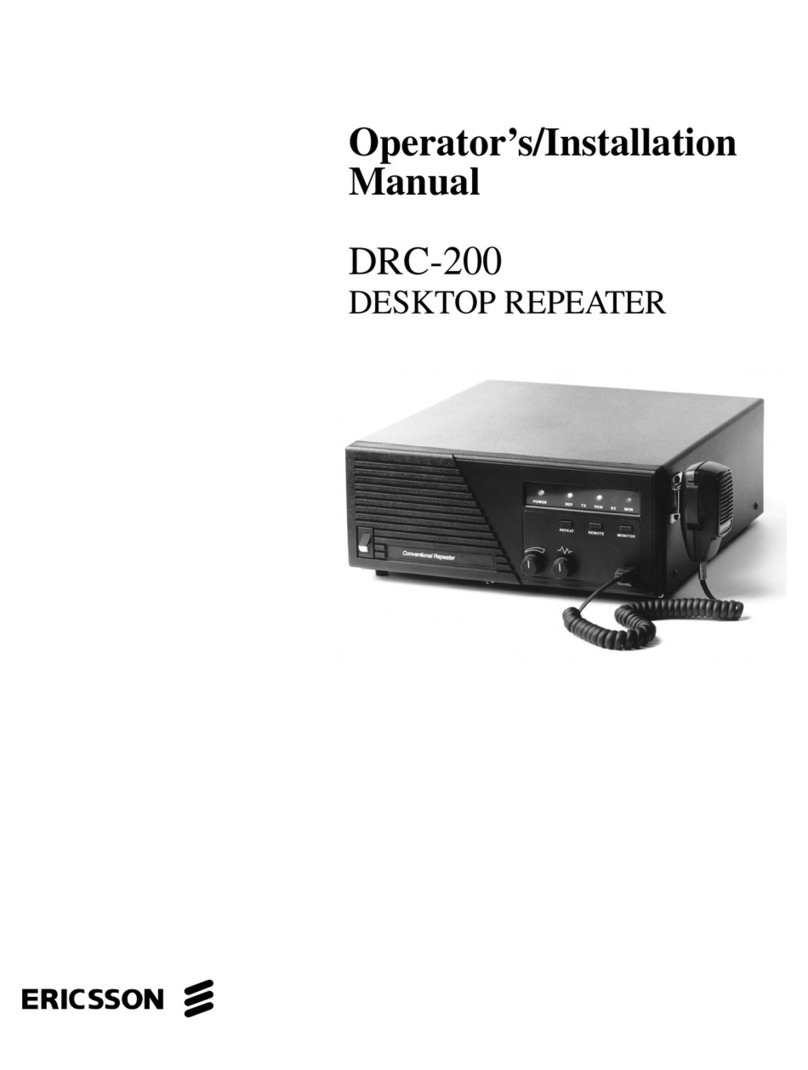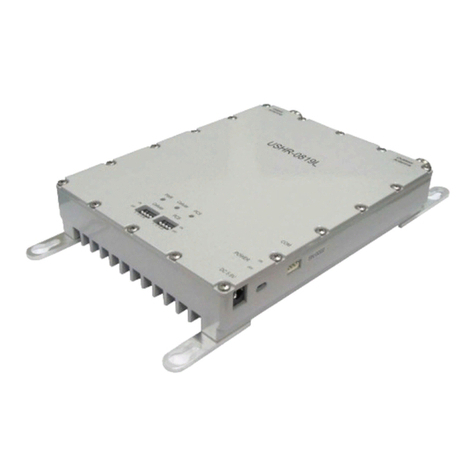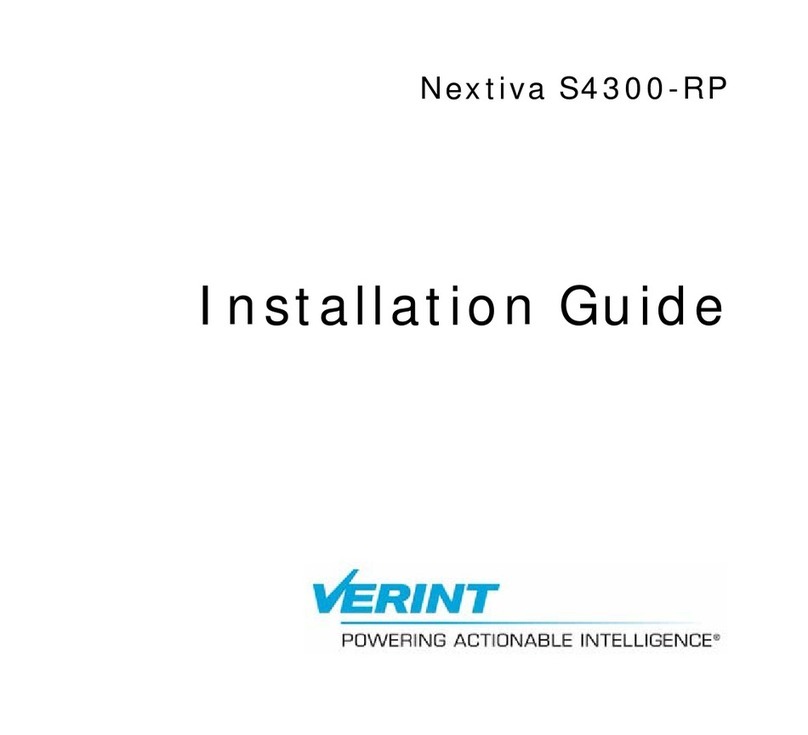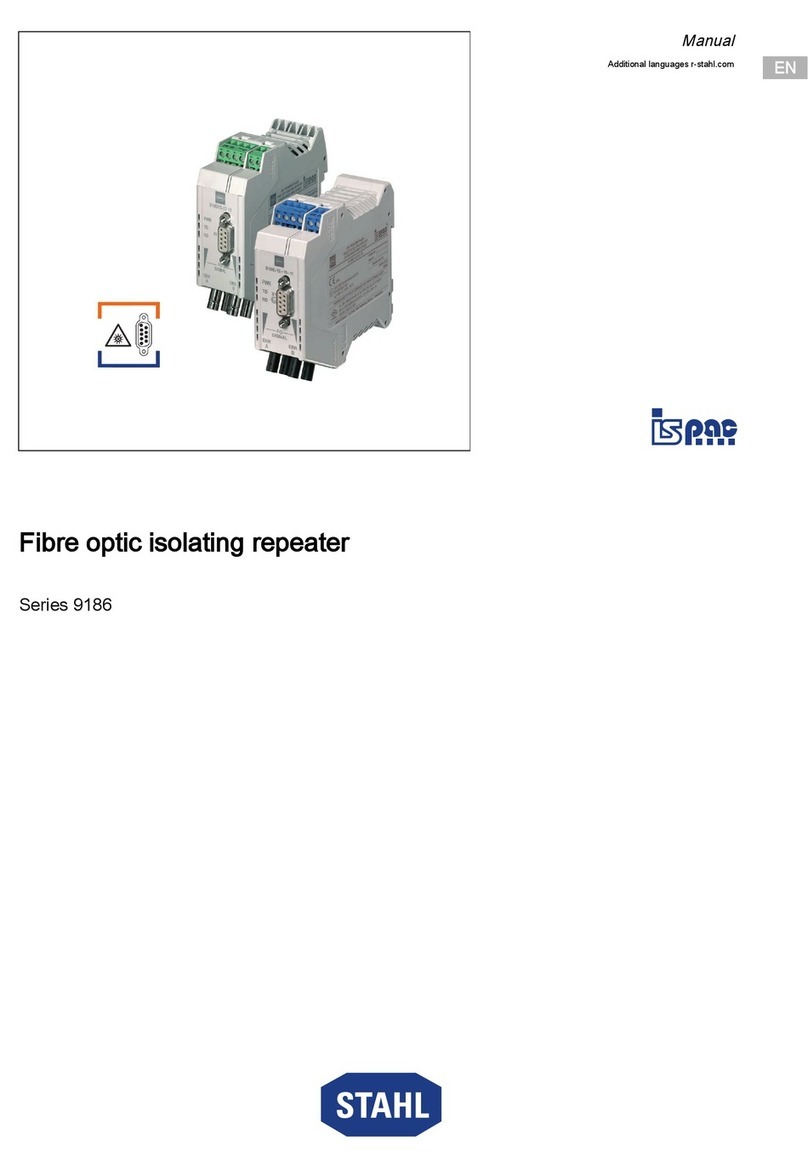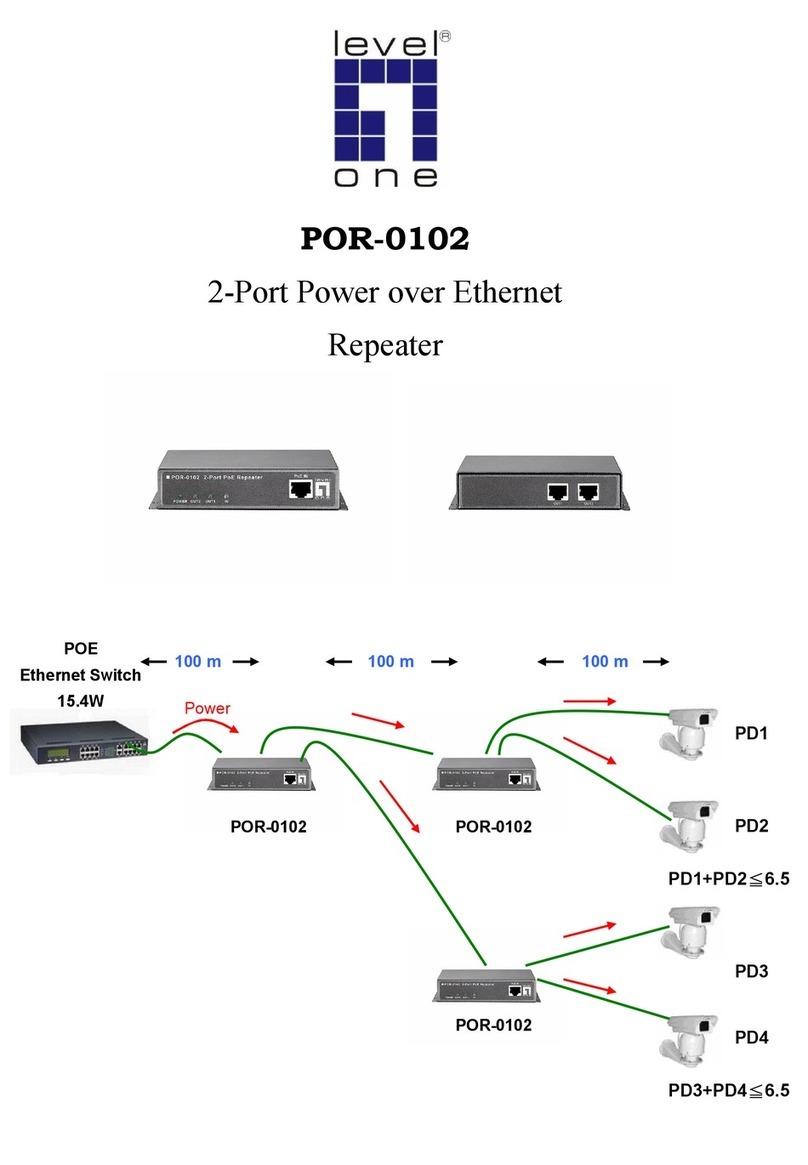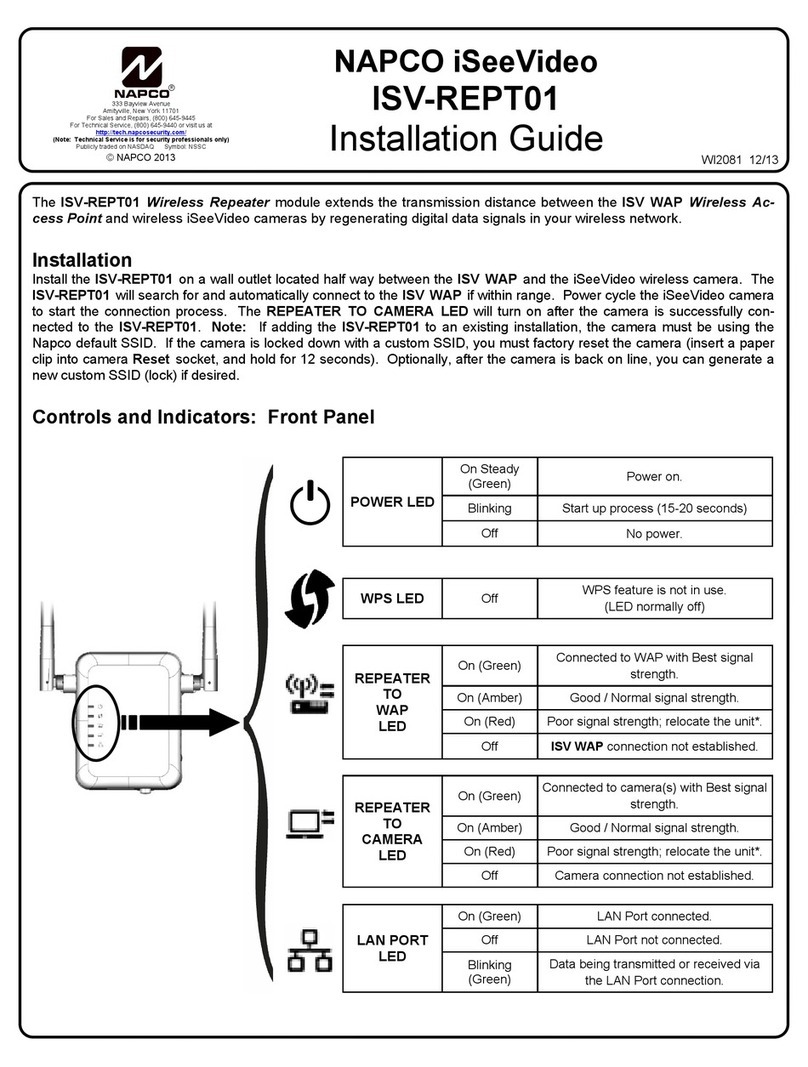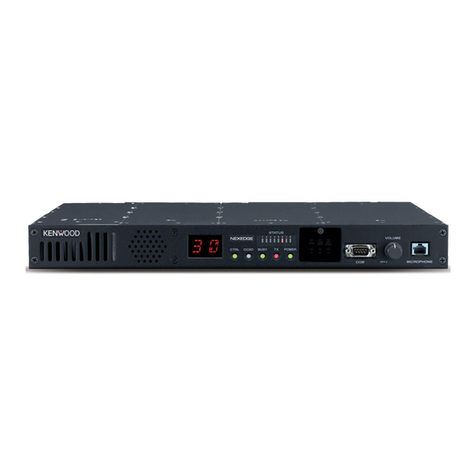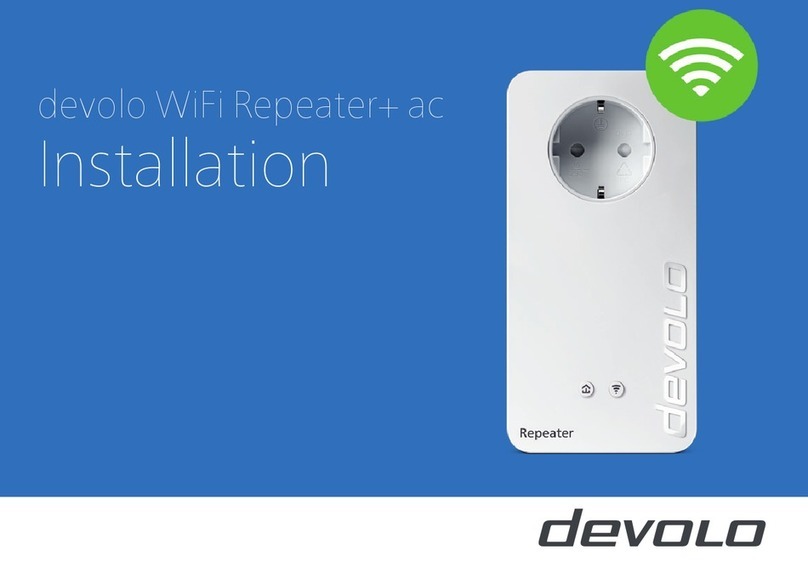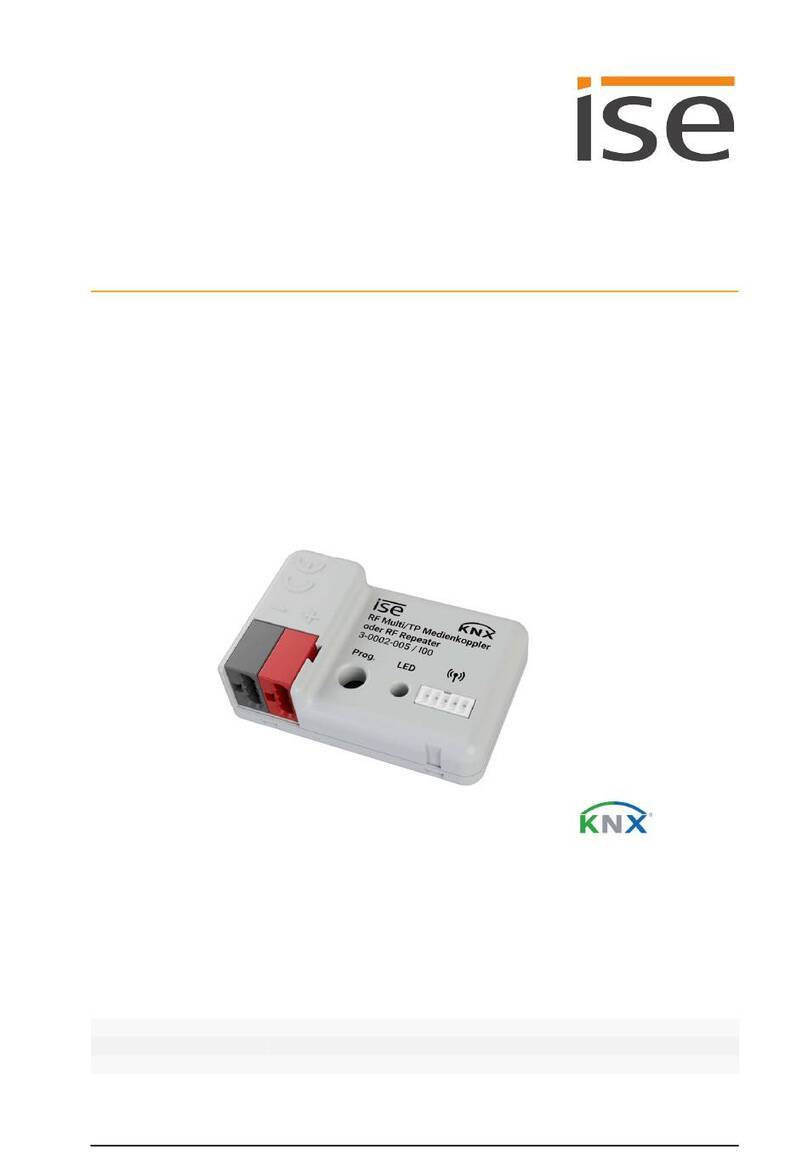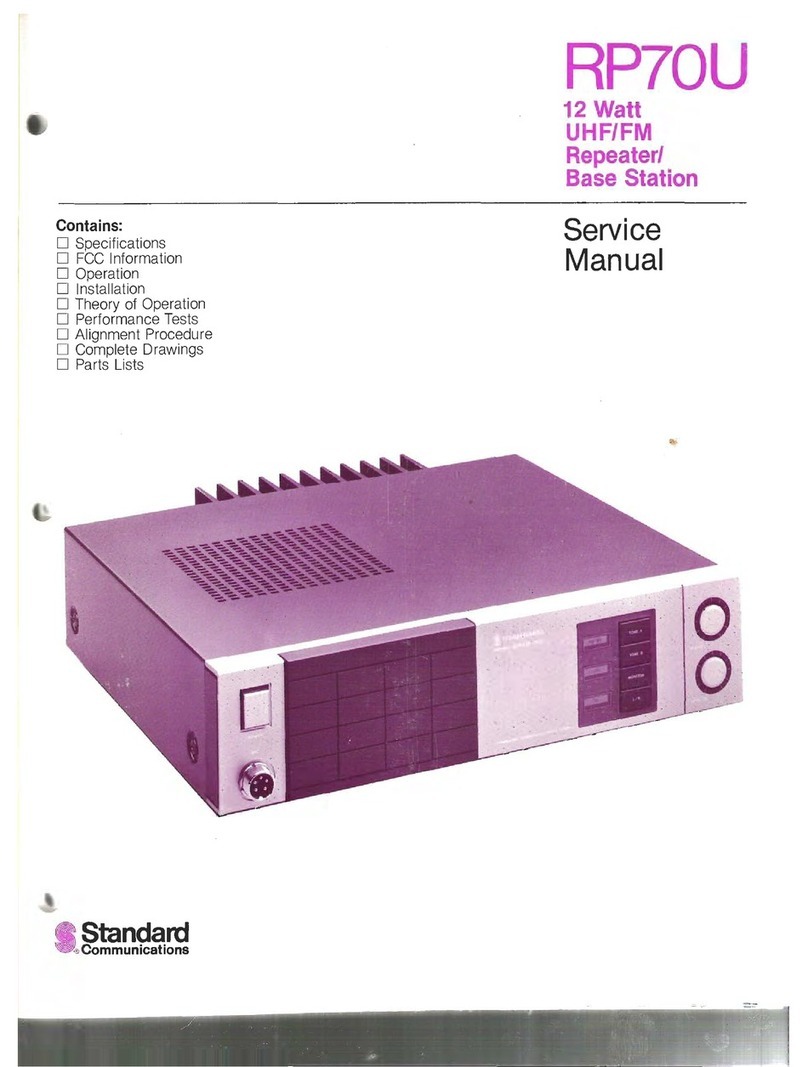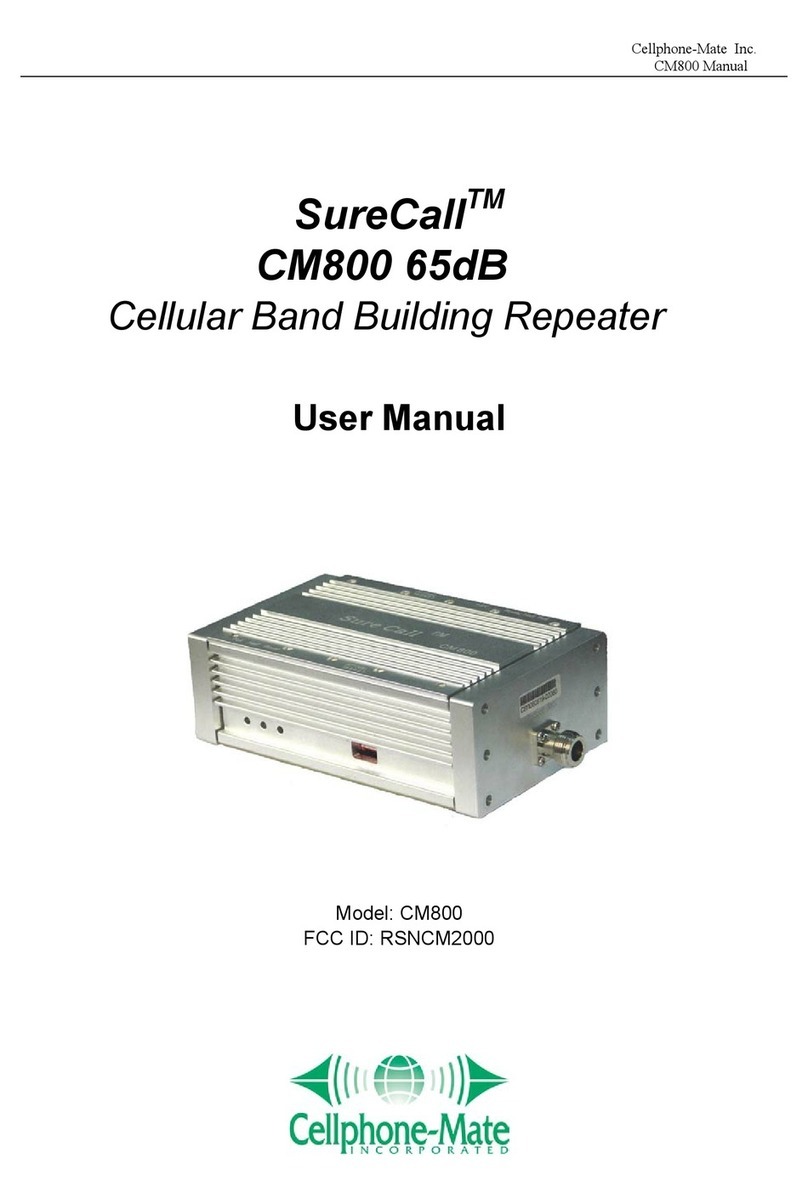McIntosh RCT-3 User manual

McIntosh Laboratory, Inc. 2 Chambers Street Binghamton, New York 13903-2699 Phone: 607-723-3512 FAX: 607-724-0549
OWNERS
MANUAL
RCT-3
Remote Control Translator - Repeater

2
Please Take A Moment
The serial number, purchase date and McIntosh dealer name
are important to you for possible insurance claim or future
service. The serial number is located on the rear panel of the
equipment. The spaces below have been provided for you to
record that information:
Thank You
For your decision to own this McIntosh RCT-3 Remote
Control Translator - Repeater ranks you at the very top
among discriminating music listeners. You now have The
Best. The McIntosh dedication to Quality, is assurance
that you will receive many years of musical enjoyment from
this unit.
Please take a short time to read the information in this
manual. We want you to be as familiar as possible with all
the features and functions of your new McIntosh RCT-3.
This will ensure that you receive all the performance
benefits this equipment can offer you, and that it will
become a highly valued part of your home entertainment
system.
Thank You, Please Take A Moment,
Customer Service and Table of Contents

3
Customer Service
If at any time you have questions about your RCT-3 Remote
Control Translator - Repeater, please contact:
McIntosh Laboratory, Inc.
2 Chambers Street
Binghamton, New York 13903
Phone: 607-723-3512
FAX: 607-724-0549
Copyright 1997 by McIntosh Laboratory, Inc.
Serial Number:
Purchase Date:
Dealer Name:
Thank You, Please Take A Moment,
Customer Service and Table of Contents

4
Table of Contents
Thank You.......................................................................... 2
Please Take a Moment ....................................................... 2
Customer Service ............................................................... 3
Table of Contents ............................................................... 4
Safety Instructions ............................................................. 5
Introduction ...................................................................... 10
Performance Features ...................................................... 10
Installation ....................................................................... 11
Rear Panel Connection ..................................................... 12
Side Panel Sensor............................................................. 13
How to Connect to the Front Panel .................................. 14
Front Panel, Connections, Indicators and Control ........... 18
How to Perform the Learning Function ........................... 20
How to Clear a Learned Function .................................... 23
How to Clear All Learned Functions ............................... 24
Important Operation Information ..................................... 25
Specifications ................................................................... 27
Packing Instruction .......................................................... 27
Thank You, Please Take A Moment,
Customer Service and Table of Contents

5
WARNING SHOCK HAZARD -
DO NOT OPEN.
AVIS RISQUE DE CHOC -
NE PAS OUVRIR.
IMPORTANT SAFETY
INSTRUCTIONS!
PLEASE READ THEM BEFORE
OPERATING THIS EQUIPMENT.
NO USER-SERVICEABLE
PARTS INSIDE. REFER
SERVICING TO
QUALIFIED PERSONNEL
General:
1. Read all the safety and operating instructions, contained
in this owners manual, before operating this equipment.
2. Retain this owners manual for future reference about
safety and operating instructions.
3. Adhere to all warnings and operating instructions.
Safety Intructions

6
4. Follow all operating and use instructions.
5. Warning: To reduce risk of fire or electrical shock,
do not expose this equipment to rain or moisture.
This unit is capable of producing high sound pressure
levels. Continued exposure to high sound pressure
levels can cause permanent hearing impairment or
loss. User caution is advised and ear protection is
recommended when playing at high volumes.
6. Caution: to prevent electrical shock do not use this
(polarized) plug with an extension cord, receptacle or
other outlet unless the blades can be fully inserted to
prevent blade exposure.
Attention: pour pevenir les chocs elecriques pas
utiliser cette fiche polarisee avec un prolongateur,
une prise de courant ou un autre sortie de courant,
sauf si les lames peuvent etre inserees afond ans en
laisser aucune partie a decouvert.
7. For added protection for this product during a lightning
storm, or when it is left unattended and unused for long
periods of time, unplug it from the wall outlet and
disconnect the antenna or cable system. This will
prevent damage to the product due to lightning or power
line surges.
8. Do not use attachments not recommended in this
owners manual as they may cause hazards.
Safety Instructions cont

7
Installation:
9. Locate the equipment for proper ventilation. For
example, the equipment should not be placed on a bed,
sofa, rug, or similar surface that may block ventilation
openings; or, placed in a built-in installation, such as a
bookcase or cabinet, that may impede the flow of air
through the ventilation openings.
10. Locate the equipment away from heat sources such as
radiators, heat registers, stoves, or other appliance
(including amplifiers) that produce heat.
11. Mount the equipment in a wall or cabinet only as
described in this owners manual
12. Do not use this equipment near water; for example, near
a bathtub, washbowl, kitchen sink, laundry tub, in a wet
basement or near a swimming pool, etc.
13. Do not place this product on an unstable cart, stand,
tripod, bracket, or table. The equipment may fall,
causing serious injury to a person, and serious damage
to the product.
Connection:
14. Connect this equipment only to the type of AC power
source as marked on the unit.
15. Route AC power cords so that they are not likely to be
walked on or pinched by items placed upon or against
them, paying particular attention to cords at plugs,
Safety Instructions cont

8
convenience receptacles, and the point where they exit
from the instrument.
16. Do not defeat the inherent design features of the polar-
ized plug. Non-polarized line cord adapters will defeat
the safety provided by the polarized AC plug. If the
plug should fail to fit, contact your electrician to replace
your obsolete outlet. Do not defeat the safety purpose of
the grounding-type plug.
17. Do not overload wall outlets, extension cords or integral
convenience receptacles as this can result in a risk of
fire or electric shock.
Care of Equipment:
18. Clean the instrument by dusting with a dry cloth.
Unplug this equipment from the wall outlet and clean
the panel with a cloth moistened with a window cleaner.
Do not use liquid cleaners or aerosol cleaners.
19. Do not permit objects of any kind to be pushed and/or
fall into the equipment through enclosure openings.
Never spill liquids into the equipment through enclosure
openings.
20. Unplug the power cord from the AC power outlet when
left unused for a long period of time.
Safety Instructions cont

9
Repair of Equipment:
21. Unplug this equipment from the wall outlet and refer
servicing to a qualified service personnel under the
following conditions:
A. The AC power cord or the plug has been damaged,
B. Objects have fallen, or liquid has been spilled into
the equipment,
C. The equipment has been exposed to rain or water,
D. The equipment does not operate normally by follow-
ing the operating instructions contained within this
owners manual. Adjust only those controls that are
covered by the operating instructions, as an im-
proper adjustment of other controls may result in
damage and will often require extensive work by a
qualified technician to restore the product to its
normal operation,
E. The equipment has been dropped or damaged in any
way,
F. The equipment exhibits a distinct change in perfor-
mance - this indicates a need for service.
22. Do not attempt to service beyond that described in the
operating instructions. All other service should be
referred to qualified service personnel.
23. When replacement parts are required, be sure the
service technician has used replacement parts specified
by McIntosh or have the same characteristics as the
Safety Instructions cont

10
Performance Features
Introduction
original part. Unauthorized substitutions may result in
fire, electric shock, or other hazards.
24. Upon completion of any service or repairs to this
product, ask the service technician to perform safety
checks to determine that the product is in proper operat-
ing condition.
Safety Instructions cont,
Introduction and Performance Features
The McIntosh RCT-3 Remote Control Translator- Repeater
allows other brand remote controlled products to be oper-
ated in a McIntosh system.
The RCT-3 can translate up to 22 IR (Infra-Red) com-
mands of most other brand components. Four commands
are continuous.
Four individual translator circuits allow four other brand
components to be controlled.
Translator operates from McIntosh Remote Controls or
Keypads.
Control is possible with IR emitters or by data cables.

11
InstallationThe four translator circuits are the same and can be used
for almost any piece of other brand component.
Easy learning, requires only a McIntosh Remote Control
and the Remote Control of the other brand component.
All four RCT-3 channels operate automatically as a
Repeater, even though a channel(s) was setup as a Trans-
lator.
Installation
The RCT-3 can be placed upright on a table or shelf,
standing on its four feet. Cool operation ensures the longest
possible operating life for any electronic instrument. Do not
install the RCT-3 directly above a heat generating compo-
nent such as a high powered amplifier.
Consideration should be given to allow for easy access of
the RCT-3 for the Learning Operation Procedure, at least
one foot of space to the left of the RCT-3 for placing the
remote controls. If the RCT-3 is to be used as a repeater, the
distance between the RCT-3, the other brand component(s)
and the emitter device should be considered.

12
Rear Panel Connection
How to Connect Rear Panel
Connections
Connect the RCT-3 Power Supply Adapter cable to the 12V
connector on the back panel. Plug the Adapter into an AC
outlet. The Front Panel green AC LED should turn on,
which indicates the RCT-3 is in Run mode and ready for
use.
To RCT-3 Power Supply
NOTE: The RCT-3 External Power Supply must be connected
to a live AC outlet

13
Side Panel Sensor
Side Panel Sensor
Accepts IR signals from remote
controls in order to perform the
Translator learning process

14
1. Connect a data cable from the DATA port on the McIn-
tosh Control Center that corresponds to the component
you wish to control, to any DATA IN (component 1, 2,
3 or 4) on the RCT-3.
2. Connect the cable of a McIntosh IR Emitter to the
matching RCT-3 EMITTER jack. Attach the IR emitter
to the component being controlled, either in front of, or
near its IR sensor.
Other Brand Product
Sensor Eye
R826 Emitter
How to Connect the Front Panel
How to Connect the Front Panel

15
NOTE: When the component being controlled through its IR
sensor, is located in the same area with a McIntosh
Control Center, the McIntosh IR Emitter should be
installed in the Alternate OPAQUE configuration. Refer
to the instructions included with the McIntosh R826
Emitter for the Opaque installation information. The
Opaque mounting blocks the other brand component IR
sensor from receiving conflicting signals directly from a
remote control, allowing only the signals from the
McIntosh Emitter to operate the unit. One McIntosh
R826 IR Emitter is included with the RCT-3.
MX130 Tuner Control Center
How to Connect the Front Panel cont

16
Data Output by Cable
1. Connect a Data cable from the appropriate RCT-3
DATA OUT jack to the DATA Input of the component
being controlled.
2. The (LØH) DATA OUT feeds data signals consisting of
positive pulses. The (HØL) DATA OUT feeds data sig-
nals consisting of negative pulses.
Other Brand Product
D ATA I N
How to Connect the Front Panel cont

17
NOTE: Determine which DATA OUT to use by trying first one
and then the other, use the one which works best. A
Data cable consists of stereo or mono shielded wire
with mini phone plugs on each end. Connections are to
the tip (+) and sleeve (-) of the plugs. One Data cable,
(McIntosh Part No. 170-202) is included with each
RCT-3.
How to Connect the Front Panel cont

18
Front Panel Connections,
Indicators and Control
Error LED flashes to
indicate an unsuccessful
operation has occurred
in the learning process.
AC LED indicates that
the RCT-3 is on and
ready to operate.
Signal 1 LED flashes to
indicate an adequate sig-
nal is being received to
learn functions for all
four components.
Learn LED flashes to indicate
when a LEARN process is be-
ing successfully performed for
each component.
Store LED flashes to
indicate a successful
learning operation
has been performed.
Signal LED flashes to indicate
signals are being processed to
operate the component

19
Front Panel Connections, Indicators
and Control cont
The SELECTOR push-
button switch cycles
through five separate
modes.
Sends data to a McIntosh IR Emitter used
to control operation of a component.
Receives data from DATA ports
on a McIntosh Control Center.
Sends DATA signals to the DATA
input of the device being controlled.
Sends DATA signals to the
DATA input of the device
being controlled.

20
A successful learning process requires an adequate IR signal
from both the McIntosh and other
brand remote controls. Make the fol-
lowing tests on all remote controls be-
fore attempting learning.
NOTE: To properly observe the RCT-3
LEDs, you must look at them
straight on and not from an
angle.
1. Press the SELECTOR push-button once. This selects
component 1for both learning and testing remote con-
trol IR signal strength.
NOTE: The component 1LEARN LED will start flashing
2. Position the other brand remote control pointing toward,
and approximately 1 to 3 inches from, the input sensor
on the left side panel of the RCT-3.
3. Press any key on the remote
control to determine if it is
aimed correctly and its IR out-
put signal is adequate. The
component 1 SIGNAL LED
How to Perform the Learning Function
How to Perform the Learning Function
Figure 1
Figure 2
Table of contents
Other McIntosh Repeater manuals
